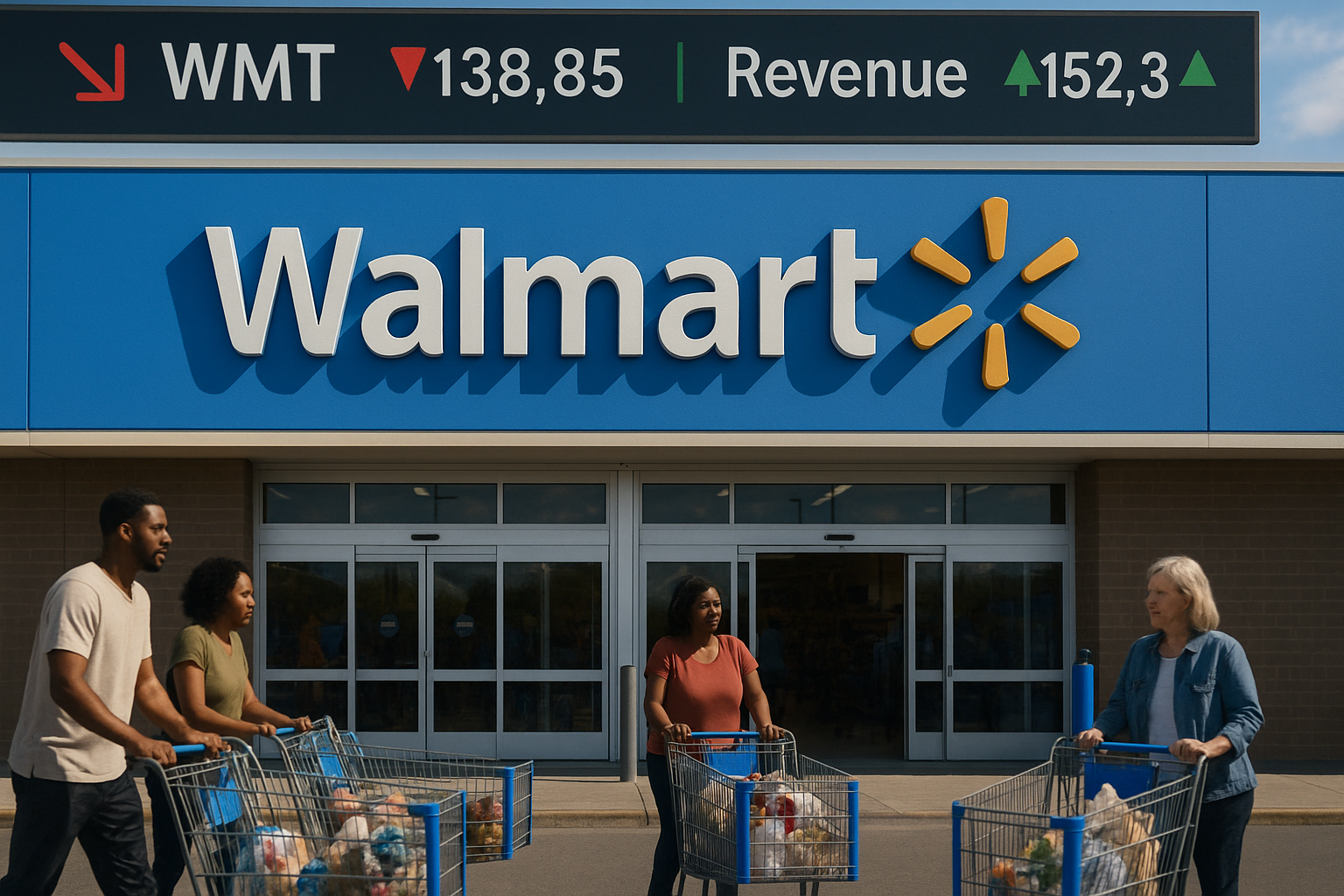The retail giant's quarterly report card came with mixed messages yesterday. Walmart shares dipped after the company posted second-quarter earnings that, well, just weren't quite good enough for Wall Street's taste.
The numbers tell a story of contradiction. Walmart actually raised its full-year guidance (usually cause for investor celebration) but couldn't escape the shadow of a profit miss. It's the corporate equivalent of bringing home mostly A's but getting the cold shoulder because of that one B-minus.
Here's the breakdown: adjusted earnings hit $0.67 per share, falling short of the $0.69 analysts wanted to see. Revenue reached a massive $169.4 billion, squeaking past expectations of $168.6 billion. U.S. same-store sales grew by 4.2%, handily beating the 3.8% estimate.
So why the stock slump? I've covered retail earnings for years, and it often comes down to Wall Street's fickle relationship with expectations versus reality.
The consumer behavior story here fascinates me. Walmart continues attracting higher-income shoppers who've decided that maybe paying premium prices elsewhere isn't worth it anymore. It's what you might expect during a recession, except... we're not technically in one. Call it cautious consumption.
"Customers are sensitive to prices," Walmart executives noted during the earnings call. No kidding. When they mark something down, shoppers notice immediately. When prices creep up, those same shoppers suddenly need fewer items. This price vigilance has created something I'd call "budget-boundary shopping" - people are working backward from a spending limit rather than forward from their needs.
Look at the category split. Groceries? Still moving briskly. T-shirts and toys? Not so much. Americans might skip new throw pillows, but they're still buying ground beef (though maybe the 80/20 mix instead of the 93/7).
The digital side deserves attention too. E-commerce sales jumped 21% year-over-year, showing that Walmart's massive tech investments are paying off. While Amazon pioneered online shopping, Walmart's 4,600+ physical locations give it a distribution network that's tough to match for those "I need it today" orders.
Was the market overreacting? Probably. Walmart trades at roughly 26 times forward earnings - not exactly bargain-basement pricing for a retailer, but reasonable in today's inflated market.
What Walmart's performance really offers is a window into America's economic psyche. People are spending, but they're not thrilled about it. They're making calculated trade-offs. They're stretching dollars further.
For investors seeking shelter from tech volatility, Walmart remains... Walmart. Steady. Reliable. Not exciting, perhaps, but unlikely to crater. There's comfort in owning stock in a company that sells actual necessities to actual humans.
The slight price pullback might even represent an entry point for those looking to add some consumer staples ballast to their portfolio. After all, even in our AI-obsessed world, someone still needs to sell toilet paper.
